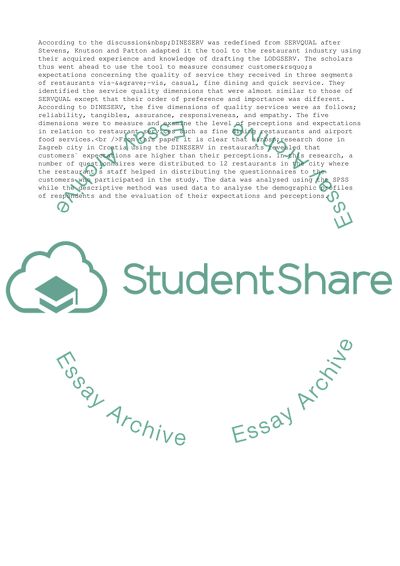Cite this document
(“Delivery and Quality in Bar and Restaurant Essay”, n.d.)
Delivery and Quality in Bar and Restaurant Essay. Retrieved from https://studentshare.org/management/1682202-delivering-quality-in-food-and-beverage-operations
Delivery and Quality in Bar and Restaurant Essay. Retrieved from https://studentshare.org/management/1682202-delivering-quality-in-food-and-beverage-operations
(Delivery and Quality in Bar and Restaurant Essay)
Delivery and Quality in Bar and Restaurant Essay. https://studentshare.org/management/1682202-delivering-quality-in-food-and-beverage-operations.
Delivery and Quality in Bar and Restaurant Essay. https://studentshare.org/management/1682202-delivering-quality-in-food-and-beverage-operations.
“Delivery and Quality in Bar and Restaurant Essay”, n.d. https://studentshare.org/management/1682202-delivering-quality-in-food-and-beverage-operations.


